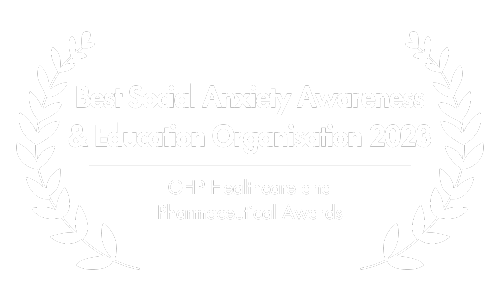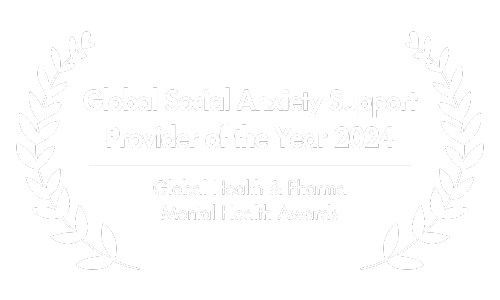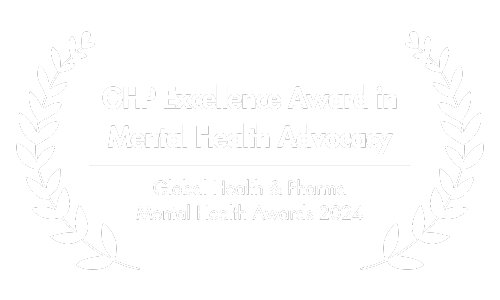Testing for Social Anxiety
Social anxiety, the fear of being negatively evaluated by others, is experienced by most people in one form or another.
For the majority of the population, symptoms do not reach levels that cause significant distress and problems in their lives.
In such low intensity, it can even be considered a helpful and adaptive trait, as it can help us become more aware of our appearance and thus improve our social behavior.
That being said, approximately 13% of people in the United States suffer from clinically significant symptoms of social anxiety at some point in their lives (Kessler, Petukhova, Sampson, Zaslavsky, & Wittchen, 2012).
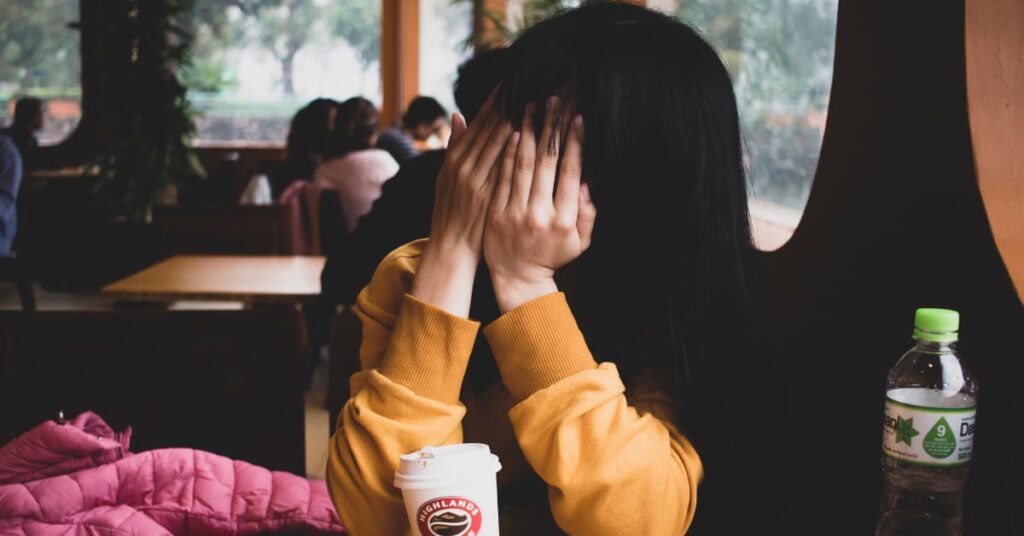
In these cases, their fear has crossed a certain threshold beyond which it can no longer be considered useful.
In fact, it is so strong and intense that affected individuals suffer serious consequences due to their insecurity in social settings (you can click here to read our article that deals with the most serious consequences of social anxiety).
In these cases, medical professionals can assess whether a person qualifies for a diagnosis of social anxiety disorder (SAD), often also referred to as social phobia (you can click here to go to our article with the official diagnostic criteria for SAD).
During the examination, primary physicians or psychiatrists may use additional screening tools, such as scientifically validated tests that measure a person’s level of social fears.
These tests have been carefully crafted by research teams and tested for their reliability in measuring the psychological construct of social anxiety in a variety of contexts.
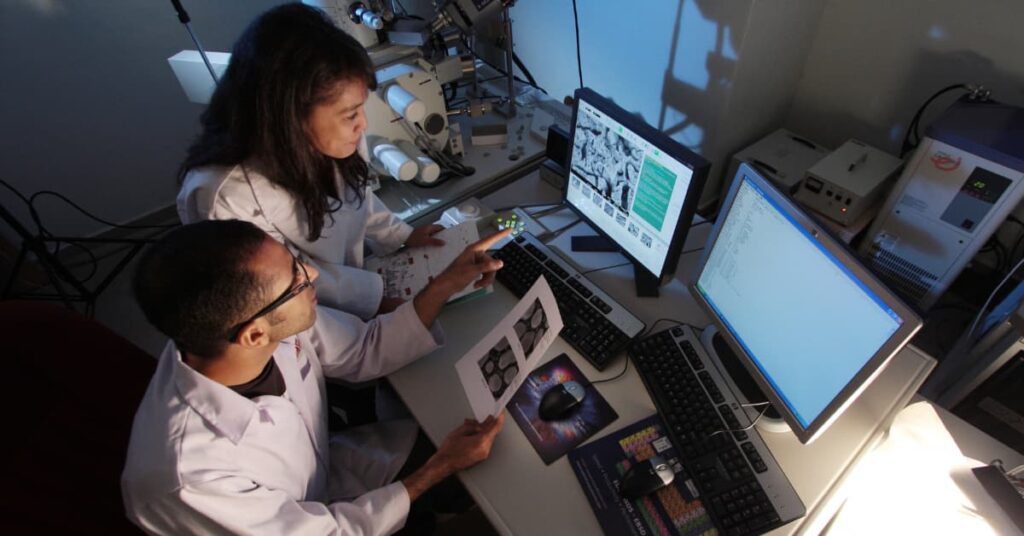
While an official diagnosis can only be made by a qualified professional who verifies that official diagnostic criteria are met, tests that measure a person’s propensity for social anxiety can serve as additional evidence that the disorder is present.
They can also be used by people who suspect they have social phobia to find out whether their suspicions might make sense or not.
With that said, lets take a look at such a test.
The Liebowitz Social Anxiety Scale – Self Report Version
Among the most commonly administered tests is the self-report version of the Liebowitz Social Anxiety Scale (LSAS-SR; Liebowitz, 1987).
It is used around the world by clinicians and researchers alike.
The LSAS assesses a person’s fears and anxieties in relation to 24 social situations and his or her tendency to avoid them.
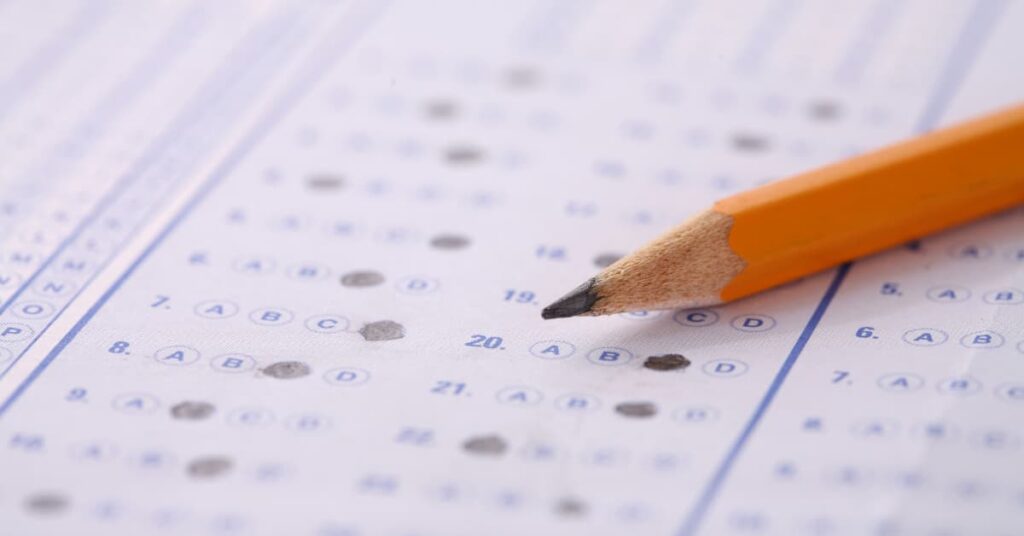
It has proven to be a valid form of assessment and is considered a reliable test for social anxiety (Orsillo, 2001).
If you are wondering whether or not you are affected by social anxiety, you can take this test by clicking the button below.
It takes about eight minutes and ranks your results in one of the following categories:
- No social anxiety
- Mild social anxiety
- Moderate social anxiety
- Marked social anxiety
- Severe social anxiety
- Very severe social anxiety
Please note that test results are not to be taken as an official diagnosis. We encourage you to speak with your primary care physician, psychiatrist, or other mental health professional if you think you may be affected.
Kessler, R. C., Petukhova, M., Sampson, N. A., Zaslavsky, A. M., & Wittchen, H. (2012). Twelve-month and lifetime prevalence and lifetime morbid risk of anxiety and mood disorders in the United States. International journal of methods in psychiatric research, 21(3), 169–184. https://doi.org/10.1002/mpr.1359
Liebowitz M. R. (1987). Social phobia. Modern problems of pharmacopsychiatry, 22, 141–173. https://doi.org/10.1159/000414022
Orsillo, S. M. (2001). Measures for social phobia. In M. M. Antony, S. M. Orsillo, & L. Roemer (Eds.), Practitioner’s guide to empirically based measures of anxiety (pp. 165–187). Kluwer Academic Publishers.
Share This Article
[DISPLAY_ULTIMATE_SOCIAL_ICONS]
